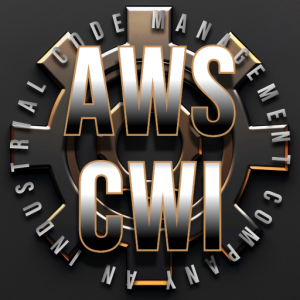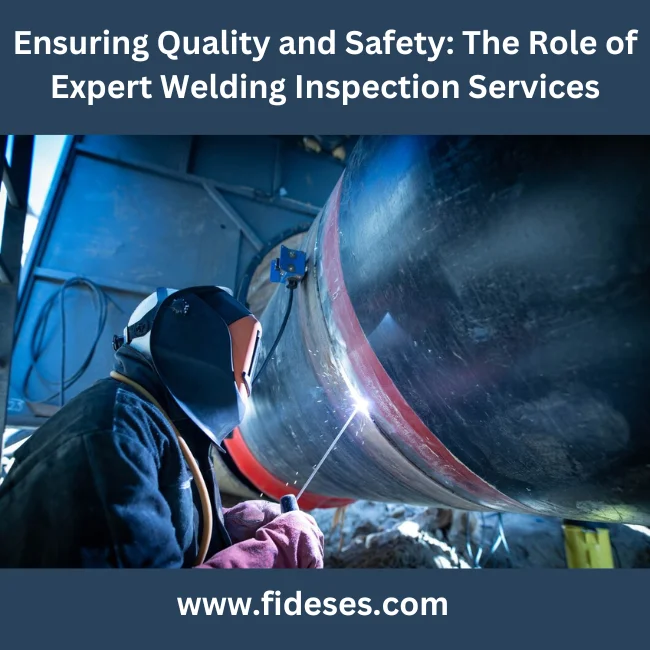A Comprehensive Guide to Welding Examination: Comprehending Specifications, Techniques, and Ideal Practices for Top Quality Assurance
Welding assessment plays a pivotal role in ensuring the architectural stability and safety of welded parts, demanding a comprehensive understanding of industry standards such as those established by AWS and ASME. As we check out these crucial components, it ends up being apparent that the implications of welding assessment extend much past compliance, inviting a closer exam of how these processes shape market requirements and practices.
Significance of Welding Evaluation
Welding assessment plays a crucial function in guaranteeing the integrity and safety and security of bonded structures. It is a vital process that validates that welds adapt predefined specifications, which is essential in various sectors, including building, auto, and aerospace. By performing comprehensive evaluations, possible problems such as cracks, insufficient blend, and porosity can be identified early, stopping tragic failings that could cause crashes or pricey fixings.
The significance of welding examination extends past plain compliance with policies; it also promotes depend on with stakeholders. Customers and governing bodies expect assurance that the structures they count on are developed to endure operational stress and anxieties. Reliable welding inspection techniques contribute to lasting longevity and efficiency of the frameworks, inevitably leading to lowered maintenance expenses.
In addition, welding inspection advertises a society of quality within organizations, urging adherence to best techniques and constant enhancement. By incorporating assessment processes right into the welding workflow, business can enhance their track record and develop themselves as leaders in quality control. To conclude, the significance of welding inspection lies in its ability to protect lives, ensure structural integrity, and copyright market criteria, making it an essential aspect of welding operations.
Secret Industry Criteria
Ensuring compliance with crucial industry standards is vital for maintaining the top quality and safety and security of bonded frameworks. Various companies establish these requirements to promote finest techniques in welding and inspection - Welding Inspection Gilbert Arizona. Amongst one of the most identified are the American Welding Society (AWS) and the American Society of Mechanical Designers (ASME), which supply comprehensive standards and specs for welding procedures and assessment criteria
AWS standards, such as AWS D1.1 for architectural welding, summary needs for materials, style, and testing to ensure the integrity of welds. ASME codes, including ASME Section IX, control the credentials of welders and welding treatments, making certain regular quality in commercial applications. Globally, the ISO 3834 common highlights top quality requirements for blend welding, providing a structure for companies to demonstrate compliance with international finest methods.
Conformity with these requirements not only enhances the reliability of bonded structures but likewise reduces dangers related to structural failures. Adherence to industry criteria is typically a prerequisite for regulatory authorizations and can considerably influence job requirements. Ultimately, understanding and executing these crucial standards are essential for efficient welding inspection and quality control.
Evaluation Techniques Review
Effective welding assessment counts on a selection of strategies developed to analyze the high quality and integrity of welds. These strategies can be extensively classified right into non-destructive and destructive screening (NDT) methods. Non-destructive testing strategies, which are extensively preferred in the sector, enable for the analysis of welds without jeopardizing the stability of the product.

Amongst the most typically made use of NDT methods are visual evaluation, ultrasonic screening, radiographic testing, find and magnetic particle testing. Visual examination is commonly the very first action in the evaluation procedure, making it possible for inspectors to recognize surface area blemishes and assess weld grain profiles.
Each method has its very own advantages and restrictions, making it vital for assessors to pick one of the most proper approach based on the details demands of the task, the products entailed, and the urgency of the welds being checked. This cautious choice maintains and ensures extensive assessments security and high quality standards in welding operations.
Typical Issues and Their Ramifications
A comprehensive understanding of typical problems in welds is important for preserving architectural honesty and security in welded buildings. Welding issues can significantly compromise the mechanical residential or commercial properties of the joint, bring about failings that might jeopardize both personnel and tools.
Common flaws consist of porosity, which shows up as tiny gas pockets trapped in the weld metal, deteriorating the total structure. Cracking is another widespread problem, commonly resulting from rapid cooling or improper joint design, causing stress and anxiety concentrations that can lead to catastrophic failures. Incomplete blend occurs when the weld steel fails to properly bond with the base product, creating weak factors that may result in splitting up under lots.
Various other remarkable problems consist of undercutting, where the weld grain wears down the base steel, and slag inclusions, which can hinder the weld's toughness. Each of these flaws has particular ramifications; for example, porosity can minimize ductility, while breaking directly affects tensile toughness. Determining and understanding these issues during examination is crucial for making certain and Continue applying corrective steps compliance with sector criteria, ultimately securing the architectural stability of welded settings up.
Ideal Practices for Quality Control
Carrying out ideal techniques for quality control in welding procedures is important for attaining optimum results and decreasing flaws. One essential method is the facility of clear welding treatments that comply with market standards and specs. These treatments ought to consist of thorough instructions regarding product option, joint prep work, and welding techniques to ensure consistency and top quality.
Normal training and accreditation of welding workers are likewise essential. Competent welders that understand the relevance of quality guarantee are more probable to create sound welds. Furthermore, applying a durable inspection program, consisting of both non-destructive and aesthetic screening (NDT), can help determine flaws early at the same time, enabling prompt rehabilitative activities.

Lastly, cultivating a culture of quality within the organization motivates workers to prioritize top quality in their job. By sticking to these best methods, companies can boost the stability of their welding procedures, ultimately resulting in boosted item top quality and reduced prices linked with rework and repair work.

Verdict
In final thought, welding assessment plays an important function in ensuring the stability and safety of welded frameworks. By carrying out best methods, companies can boost reliability, decrease maintenance prices, and cultivate count on among clients, ultimately adding to successful welding procedures.
Additionally, welding evaluation promotes a culture of quality within companies, urging adherence to finest practices and continuous enhancement. web In final thought, the value of welding evaluation exists in its capability to guard lives, guarantee structural integrity, and copyright market criteria, making it a vital facet of welding procedures.
Amongst the most identified are the American Welding Culture (AWS) and the American Culture of Mechanical Engineers (ASME), which provide detailed guidelines and specs for welding procedures and inspection standards.
Ultimately, understanding and applying these key requirements are necessary for reliable welding examination and quality assurance.
Efficient welding evaluation relies on a variety of strategies designed to evaluate the high quality and stability of welds.